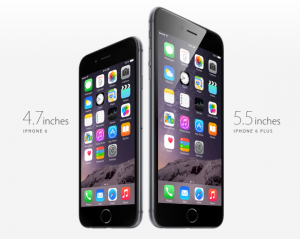By KACIE NELSON
The Internet has revolutionized the way people communicate with one another. This is an undisputed and well-known fact.
But I’d like to argue that social media, and more specifically Twitter, has begun to revolutionize the field of journalism.
Since its beginnings in 2006, Twitter has taken the digital world by storm. In spite of the skeptics, it grew in popularity at a record pace and has even been accredited with “launching what has been referred to as the “microblogging” phenomenon.”
Backing up a bit for my less tech-savvy readers, Twitter is a social media site through which people can create a profile for free and post messages of 140 characters or less about things going on in their lives. These messages are called “tweets.” People can “follow” their friends, family, favorite companies/brands, and news organizations to keep up with what’s going on in their lives.
Now, I say that Twitter is quite possibly becoming the ultimate news source for a number of reasons.
First, the obvious reason being that people no longer have to tune in to their local news station on the radio or television for the news. They also don’t have to wait for the newspaper to come the next morning. They can simply go their favorite news station’s Twitter account to keep up with what’s going on.
Not only is this a more effective way of distributing news, since it is reaching a mass of people at once; but it also is efficient because people can find out about news almost as soon as it happens.
But Twitter also acts as a news source for journalists and reporters.
By scrolling through their timeline, journalists can see what people are talking about and what the big news stories are at the moment. If there is a big event or big story occurring somewhere across the country, news companies can simply send out their people to go get the story instead of waiting to hear about it via another outlet.
In my opinion, these are all huge signs alluding to the fact that Twitter and other social media outlets are going to begin dominating the field of journalism and playing a larger role sooner than we think.

